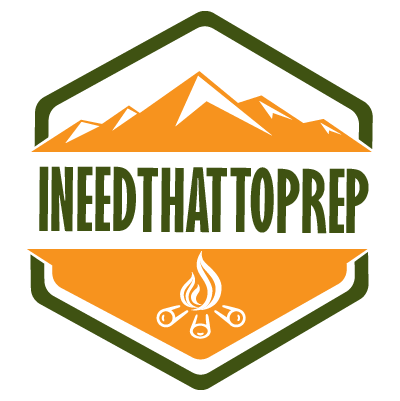Last Updated on May 3, 2023 by Lisa Vargas
Natural disasters can strike anytime and anywhere, and preparing for them is crucial to ensure your safety and survival. Prepping for a disaster involves more than just stockpiling food and water. It requires a well-thought-out plan and strategy. However, there are several common mistakes people make when prepping for a disaster. In this article, we will discuss seven common mistakes to avoid when prepping for a disaster.
Mistake #1: Lack of Planning

Unfortunately, many people make the mistake of assuming that a few supplies and equipment are enough. They fail to recognize the importance of planning and strategizing for emergencies. A lack of planning can leave you vulnerable and unprepared when disaster strikes.
If you want to ensure your safety and survival during a disaster, you need to start with a plan. Planning involves identifying potential risks and hazards, creating a disaster kit, possibly a bug out bag, and developing an emergency plan for yourself and your family. You should think about the types of disasters that are most likely to occur in your area, such as earthquakes, hurricanes, or wildfires, and plan accordingly.
Your disaster kit should include essential supplies, such as water, non-perishable food, and first aid supplies. It’s also a good idea to include items such as a flashlight, batteries, and a radio to stay informed of any updates or announcements. Additionally, consider adding personal items, such as medications, clothing, and important documents, to your kit.
Developing an emergency plan is also crucial. You should discuss and establish a meeting place for your family in case you are separated during a disaster.
Make sure everyone knows the plan and how to communicate with each other in case of an emergency. Practice the plan regularly to ensure everyone knows what to do in a crisis.
Another important aspect of planning is to identify potential sources of help and support. You should research and know the contact information of emergency services, such as the police, fire department, and hospital, in your area.
Additionally, you should identify family, friends, or neighbors who can provide assistance during a disaster. A lack of planning is a common mistake people make when prepping for a disaster.
By developing a plan that addresses potential risks, creating a disaster kit, and establishing an emergency plan, you can ensure your safety and survival during a disaster.
Remember to practice your plan regularly and stay informed of any updates or announcements. Prepping for a disaster takes time and effort, but it’s worth it to ensure your safety and that of your loved ones.
Mistake #2: Not Having A Communication Plan
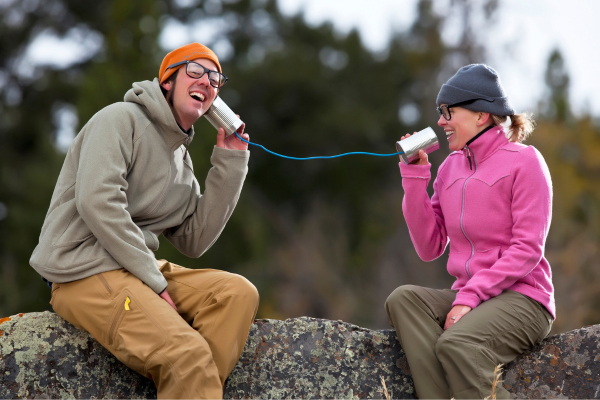
Keeping in touch during a disaster is crucial as well. Many individuals, however, make the error of expecting that they will be able to contact their family members and emergency services without a plan. Not having a communication plan can lead to confusion, delays, and even danger.
It’s important to establish a communication plan with your family and friends before a disaster strikes. This plan should include a way to contact each other in case of an emergency.
Ensure that everyone has access to each other’s phone numbers and emails. Additionally, consider using a messaging app or social media platform to stay in touch.
It’s also essential to have a backup plan in case traditional communication methods are unavailable. Consider having a designated meeting place, such as a local park or community center, where you and your loved ones can gather in case you are unable to communicate through technology. Make sure everyone knows the location and how to get there.
Another important aspect of a communication plan is to stay informed about the disaster and any updates or announcements. Make sure you have access to a radio or other reliable news source. Follow local authorities on social media to stay informed about the situation and any instructions or recommendations.
In addition to having a communication plan with your loved ones, it’s also essential to know how to communicate with emergency services. Find out who to contact for emergency services in your area, including the police, fire department, and hospital. Make sure you have a fallback strategy in place in case conventional communication channels become inaccessible.
And never forget to have a backup source such as 2-way walkie-talkies and hand crank radios. These work wonders when there is not electricity and can keep you up to date as to what’s going on in the outside world. Learn more about emergency hand crank radios when you can, and choose the best one for you and your family.
Mistake #3: Overlooking the Importance of Training
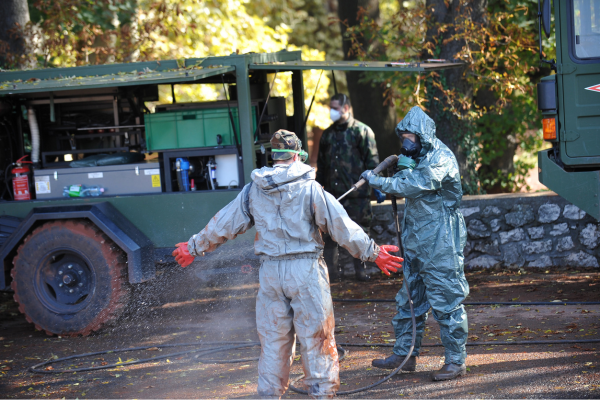
Many people focus on stockpiling supplies and equipment for a disaster but overlook the importance of training. Having all the gear and supplies in the world won’t help you if you don’t know how to use them effectively. That’s why training is a crucial aspect of disaster preparedness.
There are several ways you can train for a disaster.
One way is to take classes or courses on emergency preparedness. Look for classes on first aid, search and rescue, and other relevant topics. Many local community organizations, such as the Red Cross, offer these types of classes.
Another way to train for a disaster is to practice your emergency plan. This includes conducting drills with your family and friends to ensure everyone knows what to do in case of an emergency. Practice setting up your disaster kit and using all the equipment and supplies. This will help you feel more confident and prepared during an actual emergency.
It’s also important to stay physically fit and healthy. During a disaster, you may need to carry heavy items, move debris, or perform other physical tasks. Regular exercise and maintaining a healthy diet can help you build the strength and endurance you need to survive during a disaster.
In addition to these basic training methods, it’s also essential to learn about the specific hazards in your area. For example, if you live in an area prone to earthquakes, take the time to learn about earthquake safety and how to protect yourself during an earthquake. Knowing the specific hazards in your area can help you prepare more effectively and be better equipped to handle a disaster.
Mistake #4: Focusing Only on Short-Term Survival
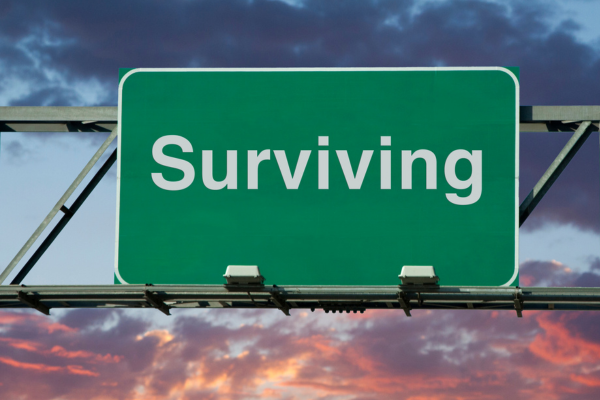
When prepping for a disaster, it’s essential to plan for the long-term. However, many people make the mistake of focusing only on short-term survival. They stock up on food, water, and other supplies to last a few days or weeks, but fail to plan for sustained survival.
It’s crucial to have a plan for sustaining yourself and your family for an extended period, such as several months. This means stockpiling enough food, water, and other supplies to last for an extended period. Consider storing non-perishable items, such as canned goods and dried food, that can last for months.
In addition to stockpiling supplies, consider other long-term survival strategies. For example, learn how to grow your food and establish a garden in your backyard. You can also learn how to purify water, build a shelter, and hunt for food. These skills can be invaluable during an extended disaster.
Another long-term survival strategy is to establish a community of like-minded individuals who can work together to survive. This can include sharing resources, skills, and knowledge. Consider joining a local community organization focused on disaster preparedness or connecting with other preppers in your area.
Mistake #5: Ignoring Your Health and Safety Needs
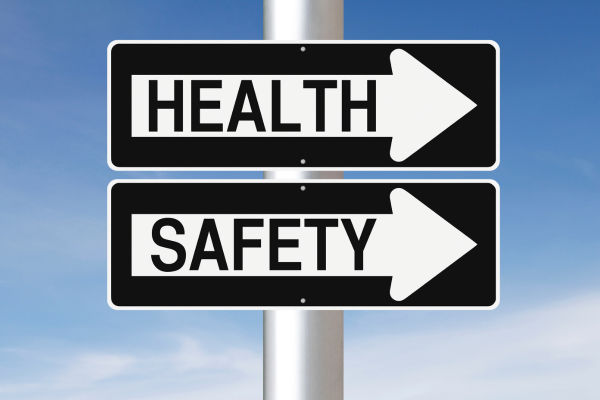
When prepping for a disaster, it’s easy to focus solely on survival and forget about your health and safety needs. However, ignoring your health and safety needs can be dangerous and put you at risk during a disaster.
One important aspect of disaster preparedness is to ensure you have the right medical supplies and equipment. This includes first aid supplies, prescription medications, and any necessary medical equipment. Make sure you have enough medication to last for an extended period and consider storing backups in case of an emergency.
It’s also important to consider any specific health needs you or your loved ones may have. For example, if you or a family member has a medical condition that requires regular medical attention, make sure you have a plan in place to manage the condition during a disaster. This may include having a backup supply of medical equipment, such as oxygen tanks, or identifying alternative sources of medical care.
Another important aspect of disaster preparedness is to prioritize your safety. This means taking steps to secure your home and property, such as installing smoke detectors and carbon monoxide detectors, securing windows and doors, and creating a safe room in case of a severe storm or other hazard.
In addition to these basic safety measures, it’s also essential to have a plan for evacuation in case of a severe disaster. This includes identifying evacuation routes and knowing where to go in case you need to evacuate. Make sure you have a plan for transportation, including alternative modes of transportation if necessary.
Mistake #6: Relying Too Much on Gear and Equipment
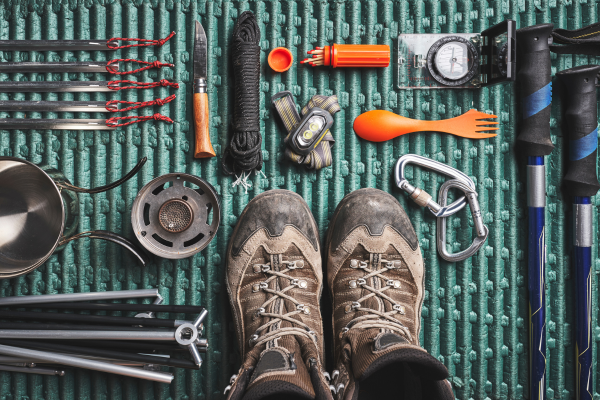
When preparing for a disaster, it’s easy to become preoccupied with purchasing supplies and equipment. However, relying too much on gear and equipment can be a mistake. You need to remember that gear and equipment are tools, and tools are only as effective as the person using them.
It’s important to gain proficiency with your tools and equipment. For example, if you buy a generator, be sure you know how to operate it effectively and safely. Practice setting it up and running it regularly to ensure it’s in good working condition. The same goes for other equipment, such as water filtration systems, tents, and camping gear.
In addition to knowing how to use your gear and equipment, it’s also essential to have backup plans in case they fail or are unavailable. For example, if your generator breaks down, you should have alternative methods for powering your home or charging your devices.
It’s also important to remember that gear and equipment are only one aspect of disaster preparedness. You also need to have a plan for sustaining yourself and your family, including stockpiling food, water filtration devices, and other supplies, learning survival skills, and establishing a community of support
Final Thoughts
Preparing for a disaster is essential to ensuring your safety and the safety of your loved ones. However, there are several common mistakes people make when prepping for a disaster. By avoiding these mistakes and taking the right steps to prepare, you can increase your chances of survival during a disaster.
